To provide the best experiences, we use technologies like cookies to store and/or access device information. Consenting to these technologies will allow us to process data such as browsing behaviour or unique IDs on this site. Not consenting or withdrawing consent, may adversely affect certain features and functions.
The technical storage or access is strictly necessary for the legitimate purpose of enabling the use of a specific service explicitly requested by the subscriber or user, or for the sole purpose of carrying out the transmission of a communication over an electronic communications network.
The technical storage or access is necessary for the legitimate purpose of storing preferences that are not requested by the subscriber or user.
The technical storage or access that is used exclusively for statistical purposes.
The technical storage or access that is used exclusively for anonymous statistical purposes. Without a subpoena, voluntary compliance on the part of your Internet Service Provider, or additional records from a third party, information stored or retrieved for this purpose alone cannot usually be used to identify you.
The technical storage or access is required to create user profiles to send advertising, or to track the user on a website or across several websites for similar marketing purposes.
 In recent years, the concept of biophilia and the inclusion of greenery in the working environment has captured the media’s attention, which has depicted it as an important aspect of wellbeing in the workplace, seemingly the crucial indicator of a great office. For this reason, and beyond the superficial or cosmetic use of plants in the office, I would like to analyse the relationship between nature and the corporate world from a historical perspective in an effort to understand the role of greenery within the architecture of the corporate headquarters.
In recent years, the concept of biophilia and the inclusion of greenery in the working environment has captured the media’s attention, which has depicted it as an important aspect of wellbeing in the workplace, seemingly the crucial indicator of a great office. For this reason, and beyond the superficial or cosmetic use of plants in the office, I would like to analyse the relationship between nature and the corporate world from a historical perspective in an effort to understand the role of greenery within the architecture of the corporate headquarters.







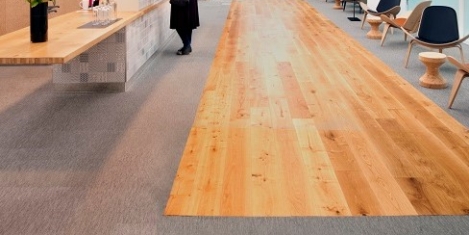
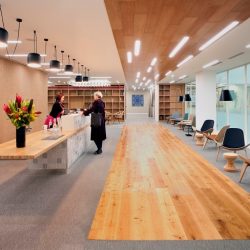

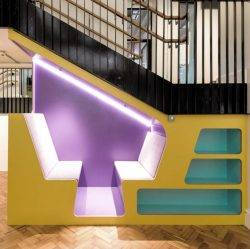
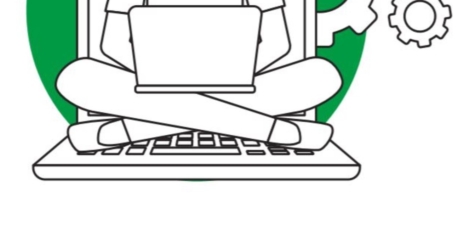
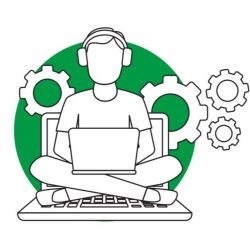

 To mark the launch of its new guide, Meetings Matter,
To mark the launch of its new guide, Meetings Matter, 




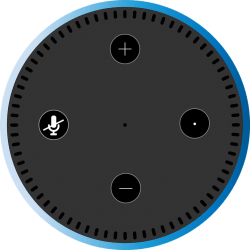
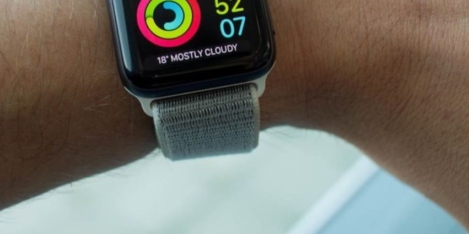










June 3, 2019
Come for the rent, stay for the experience of coworking
by Aki Stamatis • Comment, Coworking, Workplace design